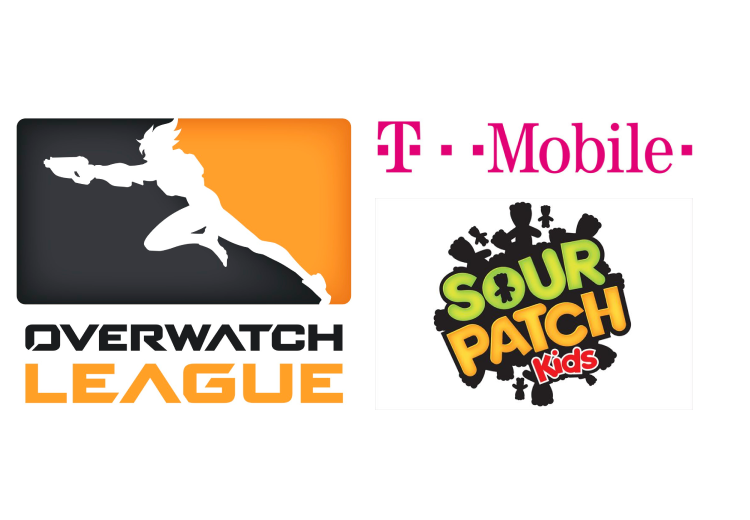Overwatch League Promises Big Bucks for Advertisers

There was a time when the words “electronic sports” and “big ad bucks” would’ve garnered a confused look at best, chuckles at worst. The combination of gaming and advertisement has been a long-standing tradition for niche brands and tongue-in-cheek references. But aside from skepticism about the game industry’s longevity—which has steadily grown from $19.8 billion in 1993 to over $99.6 billion in 2016—there was a fundamental disconnect when it came to non-tech brands and the gaming public.
Overwatch League has come to challenge that.
A High-Entry Crowd
Most of this hesitance comes down to sincerity of messaging. Video game enthusiasts are a tough crowd, with nearly all of them under the age of 40, and a high concentration in the 13-25 demographic. These consumers are savvy, and quick to catch on to traditional advertising messages. Sponsored content is often shunned, or worse made into memes.
But it seems after 20 years brands have finally cracked the code to successful advertisements in the gaming space: simplicity. When Amazon acquired Twitch in 2014, it sent a clear message across the industry—“gaming was no longer obscure.” A slew of advertisers swooped in to take advantage of the new space, and Twitch underwent extensive product development to bypass even the toughest ad blockers.
While most of the ads hosted on the platform are usually promoting a new release or piece of gaming hardware, it seems e-sports may hold the key for outside advertisers looking to get in on the action. Just like Twitch platform ads aim for a bold, succinct message, brands are cashing in on the revived Major League Gaming scene with subtle placements in this year’s Overwatch League.


The Overwatch League
Released in 2016, Overwatch has taken the MOBA (multiplayer online battle arena) scene by storm. The game’s simple format, wide array of characters and ingenious marketing quickly made it a fan favorite, with the professional Overwatch League (OWL) emerging just a year behind it. Its popularity skyrocketed, quickly catching up with industry juggernauts like League of Legends and DOTA. Advertisers took notice.
Instead of in-depth campaigns or flashy, over-branded videos, brands chose a subtle approach for OWL placements. T-Mobile, Sour Patch Kids, Omen by HP and Intel are among just some of the big names backing the League this year. Though most of the ads still included videos and graphics on both the League profile page and surrounding ad spaces, the on-stream promotions were surprisingly brief.
Sour Patch Kids opted for motion graphics of their signature candy displayed between matches. These displays were in the camera’s direct line of sight ensuring the ad was seen by the average 100,000-300,000 people who tune in Wednesday through Saturday for 3-to-4 hour matches.
Toyota and Omen by HP opted for voice-and-motion placements, but their broadcast spots never exceeded 15 seconds—an impressive feat for brands that spend $2 billion and $600 million respectively on advertisements. The trend points to a focus on experiential advertising instead of blunt promotion.
Experience Rules All
Exclusive Bits (Twitch’s in-house currency for streamers) will now unlock Overwatch skins at certain purchase thresholds, further incentivizing viewers to surpass the $5.9 million spent on bits in 2016. Integration with viewers’ Battle.net account, Twitch account and MLG site creates a powerhouse of data which will no doubt be used to explore further integration options for growing OWL’s popularity.
If there’s a lesson in all of this, it’s the importance of reaching consumers where they are, not just where they should be. Instead of a product-heavy approach, Omen by HP is holding a bootcamp weekend to help OWL hopefuls reach the standards required for professional gameplay; the other sponsors aim for on-the-ground installations at concession stands or logos on player jerseys. For now, the plan is working—just last night viewers spent at least $121,243 in bit-related cheering for the sport.
Where e-sports advertising will go next is hard to tell, but one thing’s for sure: it’s here to stay.
Interested in the crossover between e-sports and advertising? Check out our Gillette “Best a Man Can Get” project.
